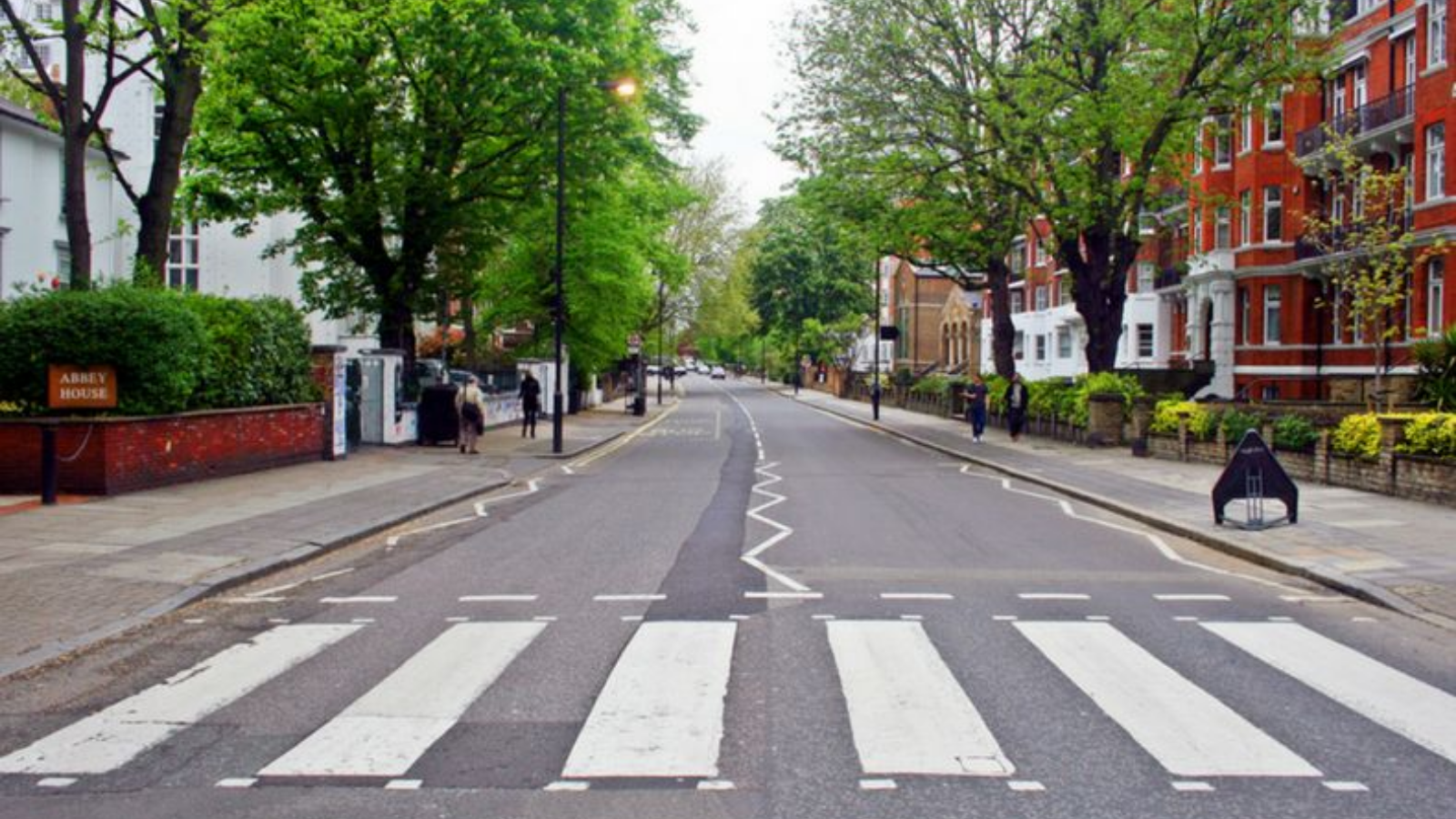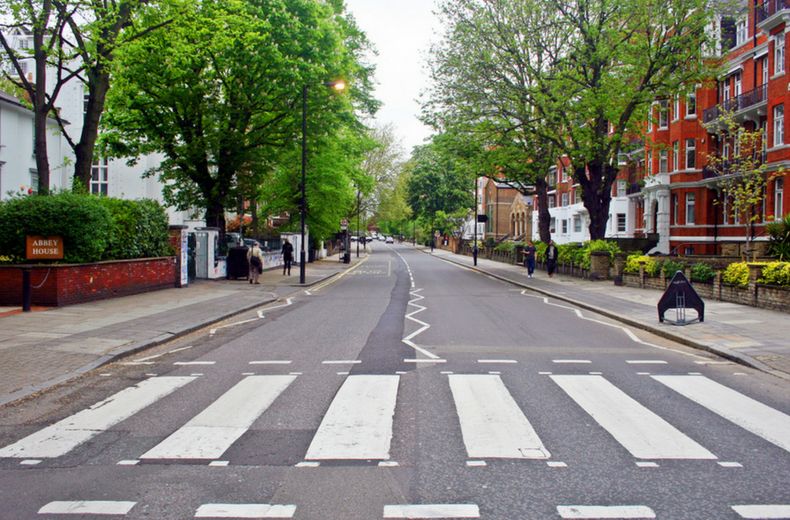
12 Feb What makes a public space safe?

A good public place is one where everyone feels like they have their own space to be, to engage with and to enjoy. This is impossible if we feel fear while occupying and moving through public places and hence, it is very important to make them safe.
There are many aspects to safety. Here are a few that are vital:
1. Good Infrastructure
A public place needs to have good amenities and infrastructure so that the people using them are comfortable and at ease. This includes proper lighting so that people can see in all directions and feel free and safe to move around, good walk paths so that people can move around without impediment and proper seating for leisure which gives people a place to sit, relax and enjoy each other’s company. It also includes clean public toilets which determine how long people can stay out in a public place. In most places, especially in India, men are quick to use the side of the road as a public toilet (which let me make very clear, it is not) and women are left waiting till they reach their homes. The few toilets that do exist for women are either very dirty or locked at most times of the day or unsafe. It is imperative to provide infrastructure while planning public places.
2. Inclusive Design
When looking at a public place, usage by diverse sets of people is very important! Women or children do not feel safe in an all-male public place. The design has to be inclusive for all. A good example to understand this would be a park. It can be used by children because there is place for them to play and infrastructure for the same. It can be used by the elderly for morning and evening walks, if a proper walking track is created around it. A lively park is always a safe place to be. However, the same park without the infrastructure for children to play or to walk could become a hub for men to gather, gamble and drink. This is seen in some parks in and around Delhi, as seen by our research. Recently, we conducted a poll on social media asking women what they would do if there were no men on the streets post 9pm. The answers were basic things including walking without fear, going to a shop at night, sitting for fun in a park, etc. If we design a place for everyone to use, then everyone will use it.
3. Active Streets
More people, more activity, more safety! If you compare an empty street and a street full of vendors, people and activity, you would always choose the latter as a safer option. A street should have designated space for people and vendors and shops (which do not encroach on the walkpath) as they contribute to the concept of “eyes on the street”. A perfect example of this would be Chandni Chowk in Delhi. Though it is cramped and crowded, it is always safe because it is bustling with people. Be it just a casual conversation, a praise to the food or a bargain with the shopkeeper, the activity on the street helps with the perception of safety.

